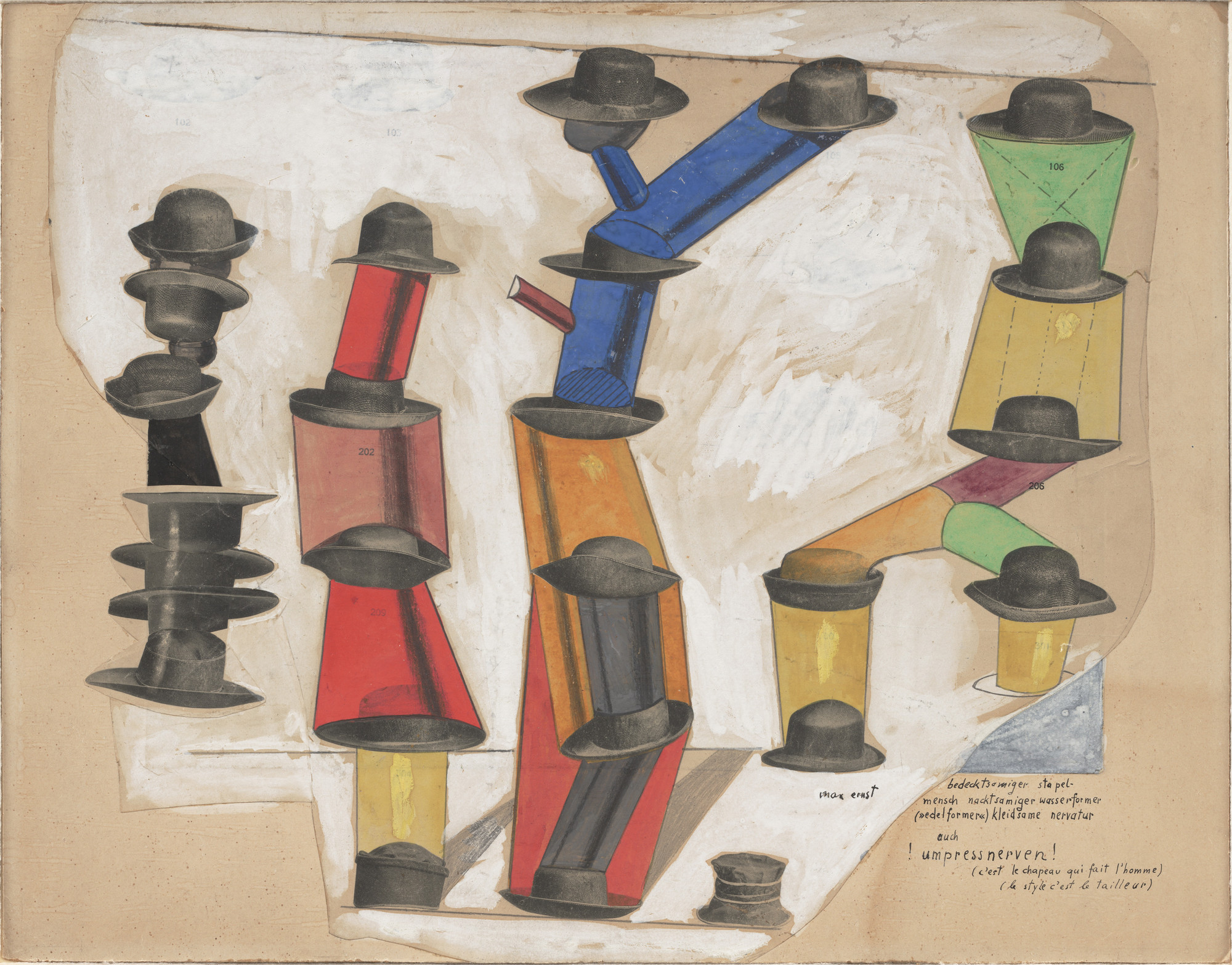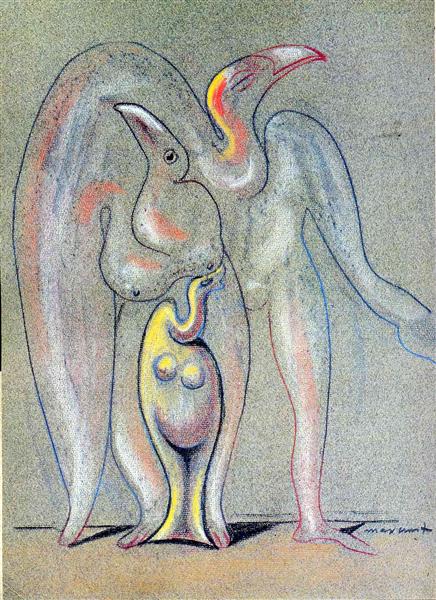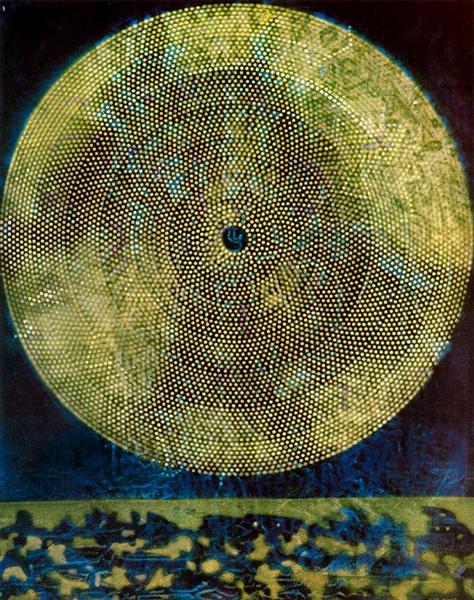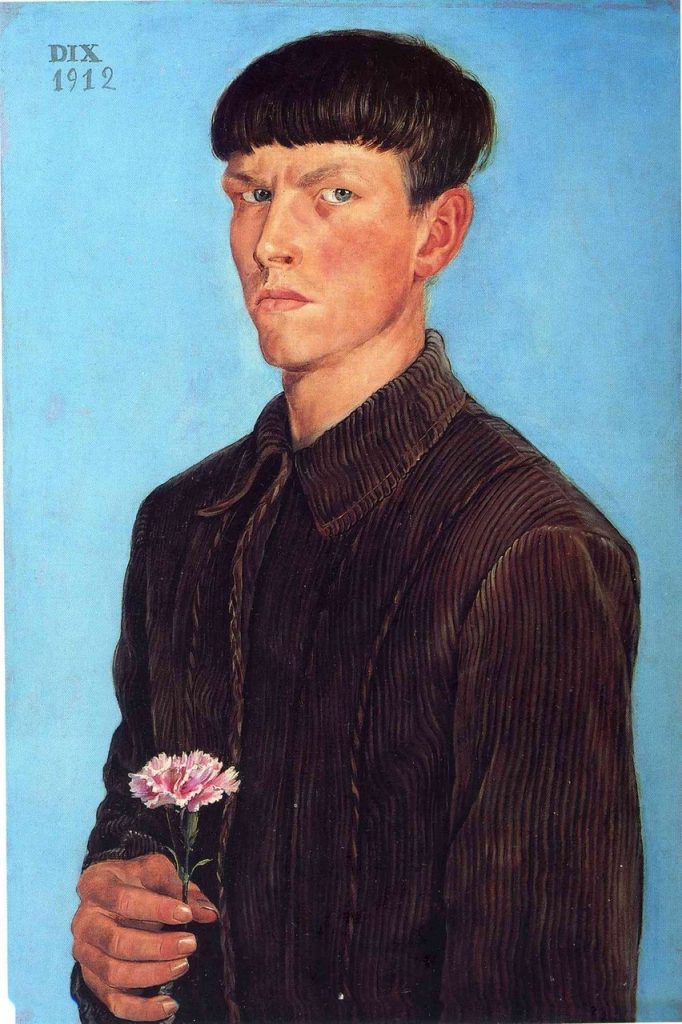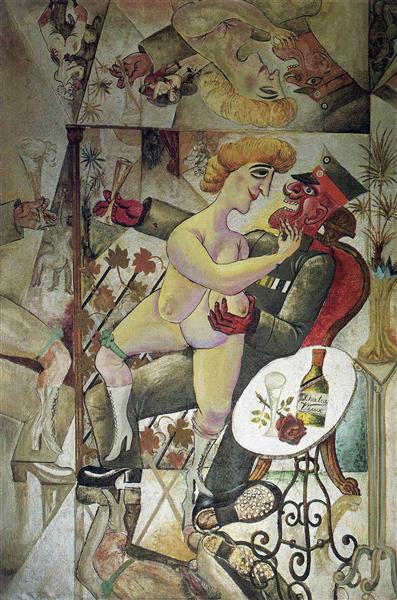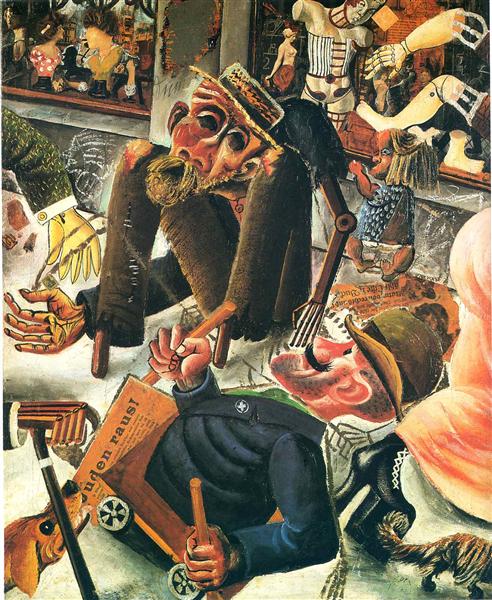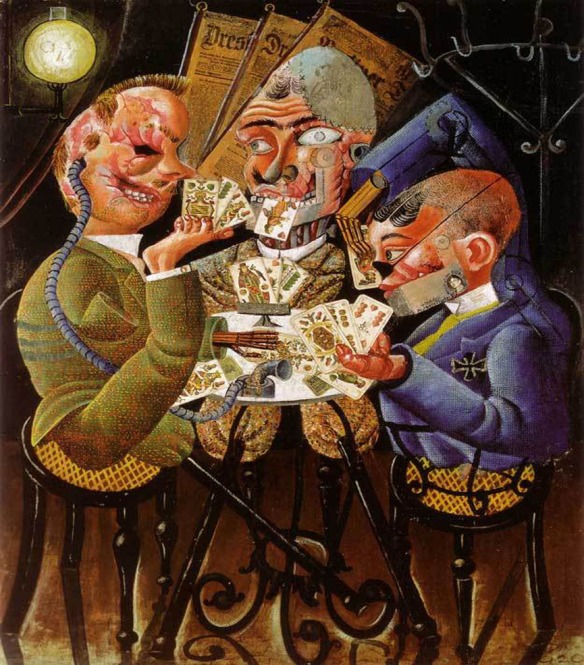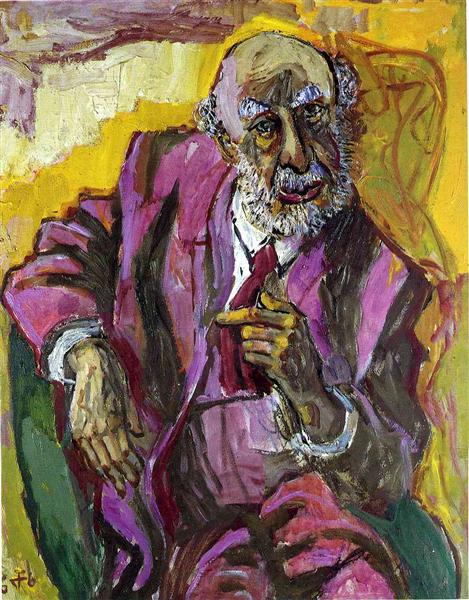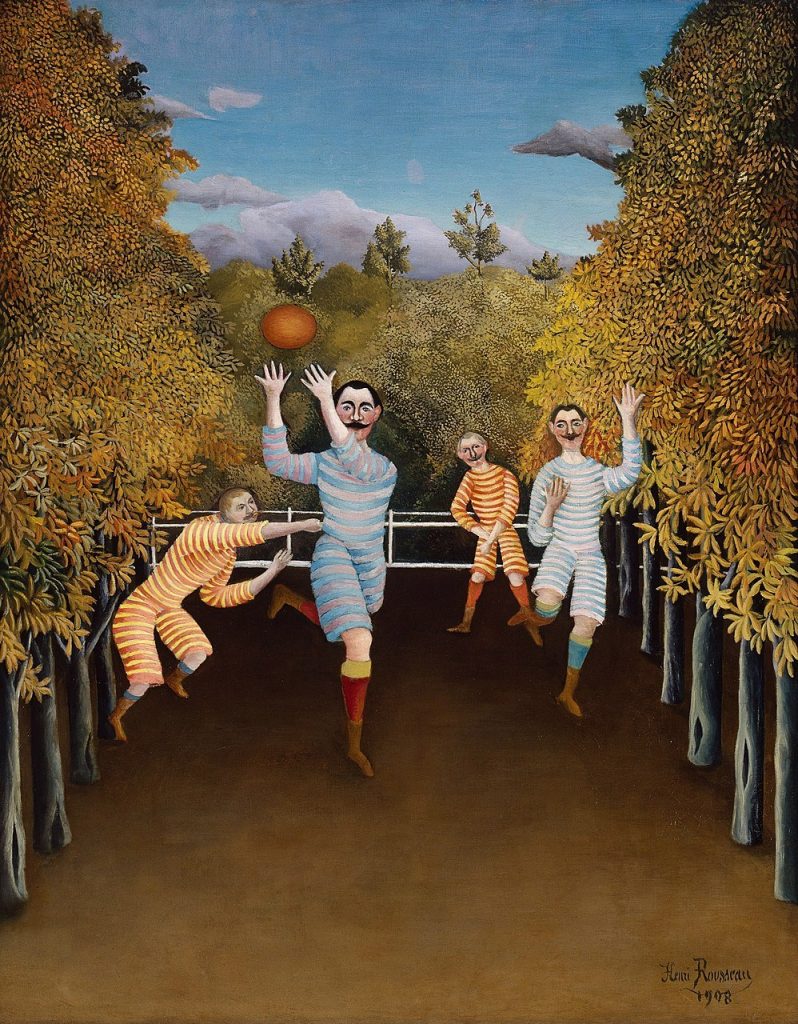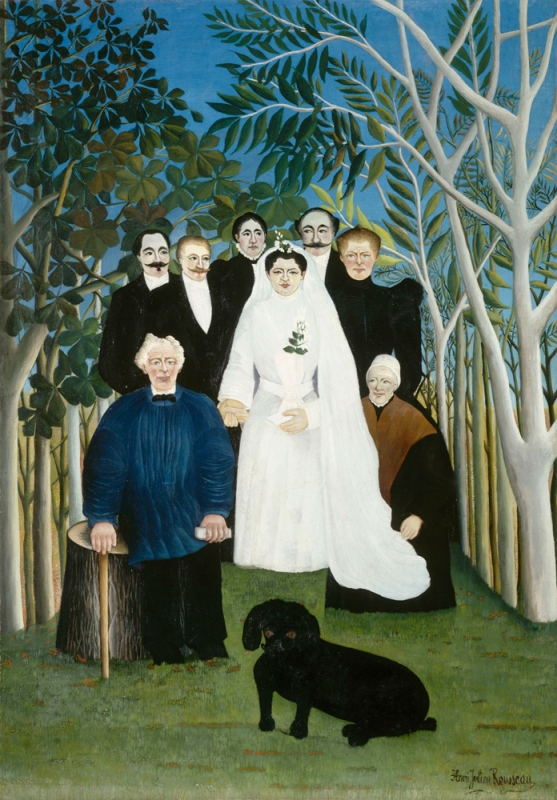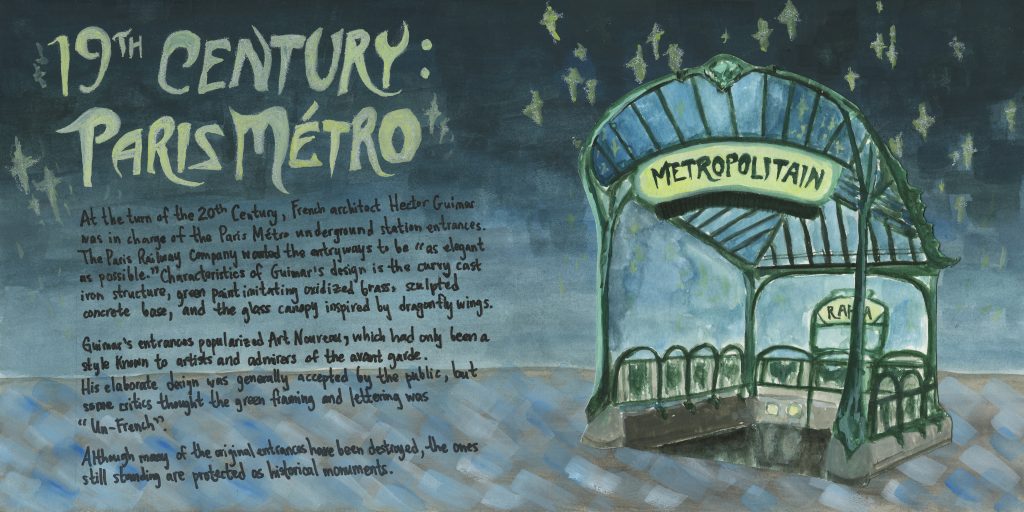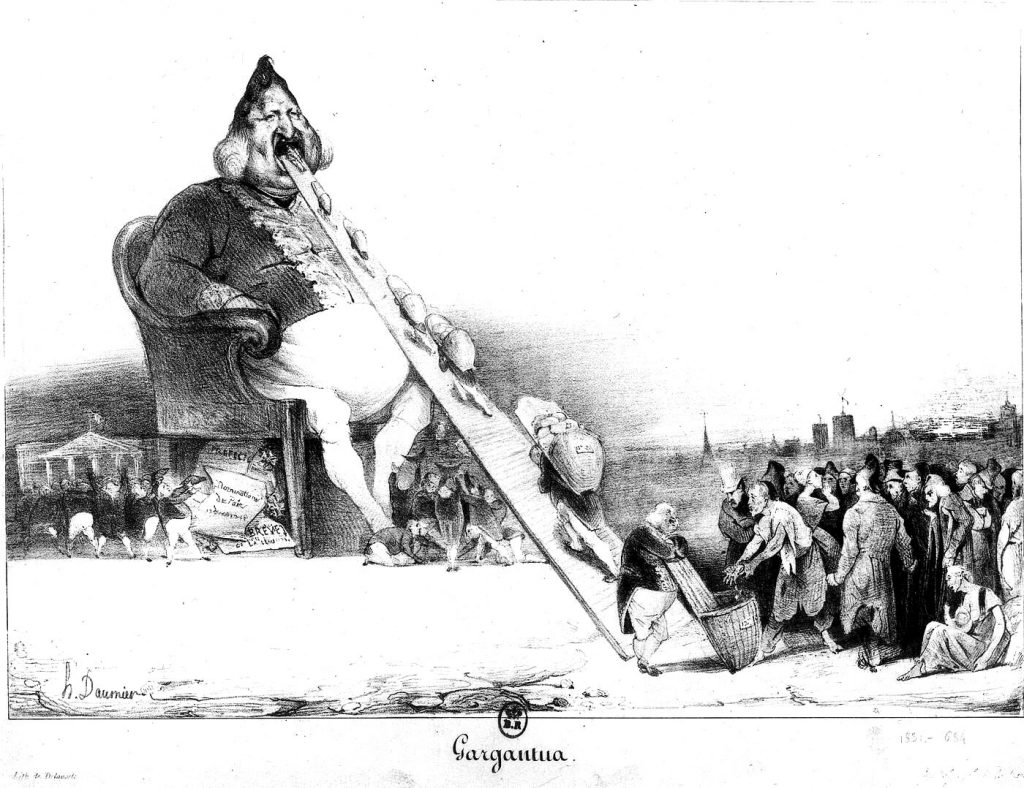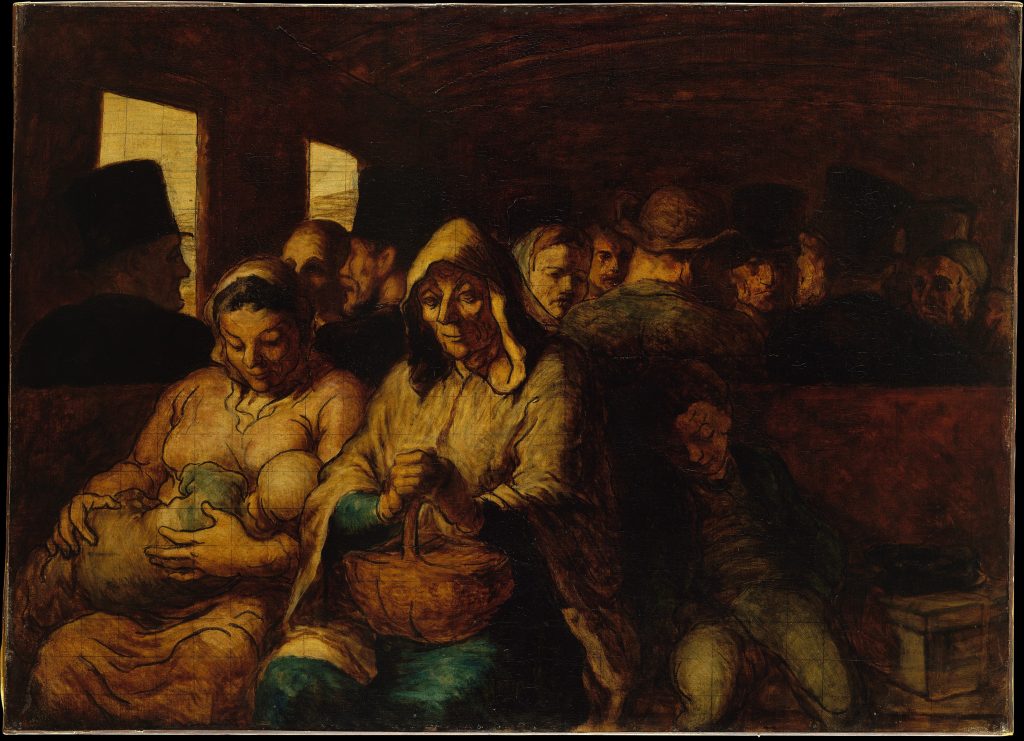Clyfford Still (1904-1980) was an American artist who made great contributions to the first generation of Abstract expressionism and large scale monochromatic painting. He made the shift into abstract painting from 1938-42 which is earlier than his colleagues who were still into representational painting. His works are categorized in the “color field” style. His approach in technique is to use thick layer of opaque paint and to depict rough forms to express aggression. There is no complicated psychological breakdown to what he does, he feels that art is simply the way of life.

In his earlier figurative work he would often paint people and machines of farm life. I really like this painting and its sketchy style, the way he painted the fabric of the pants is loose but conveys texture. The profile of the man’s head is another aspect I like, especially how high the nose bridge is.

This is just a simple sketch but I find it interesting to compare his draftsmanship to his super simple abstract pieces. He has captured the subject really well and I love the woman’s snug pose. I would’ve loved to see this drawing colored in. Maybe I’ll recreate it and do it myself!

Here’s where things start to make a shift into the abstract realm. I don’t know what these 3 objects are, maybe lamp posts? Dandelions? Lollipops? I like the dull colours contrasting with the pops of yellow, orange, and blue.
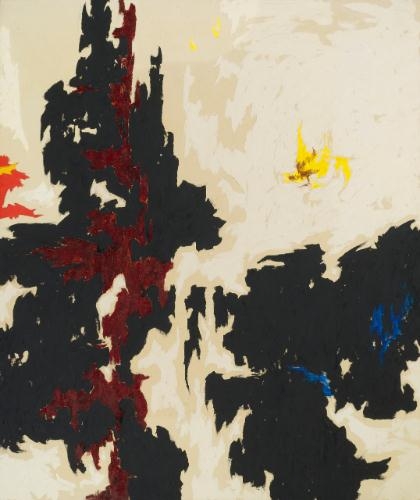
Now this one I really love. It looks like a nonsensical map but also a cow print with some blotches of color. There’s something about the irregular shapes fitting in together that makes it captivating to sit and stare at. Even though the forms are rough, there’s no brushstroke feel, it’s kind of like he stamped these shapes on the canvas. I think Still’s color field style of painting could be really cool wallpapers.

I found this one to be pretty eye-catching, to me it looks like a figure skater in motion spinning with their leg out. Looking at Still’s work, I want to try scribbling around with pastels and try out his style.
Sources:
https://search-credoreference-com.ezproxy.capilanou.ca/content/entry/bga/still_clyfford_1904_1980/0
